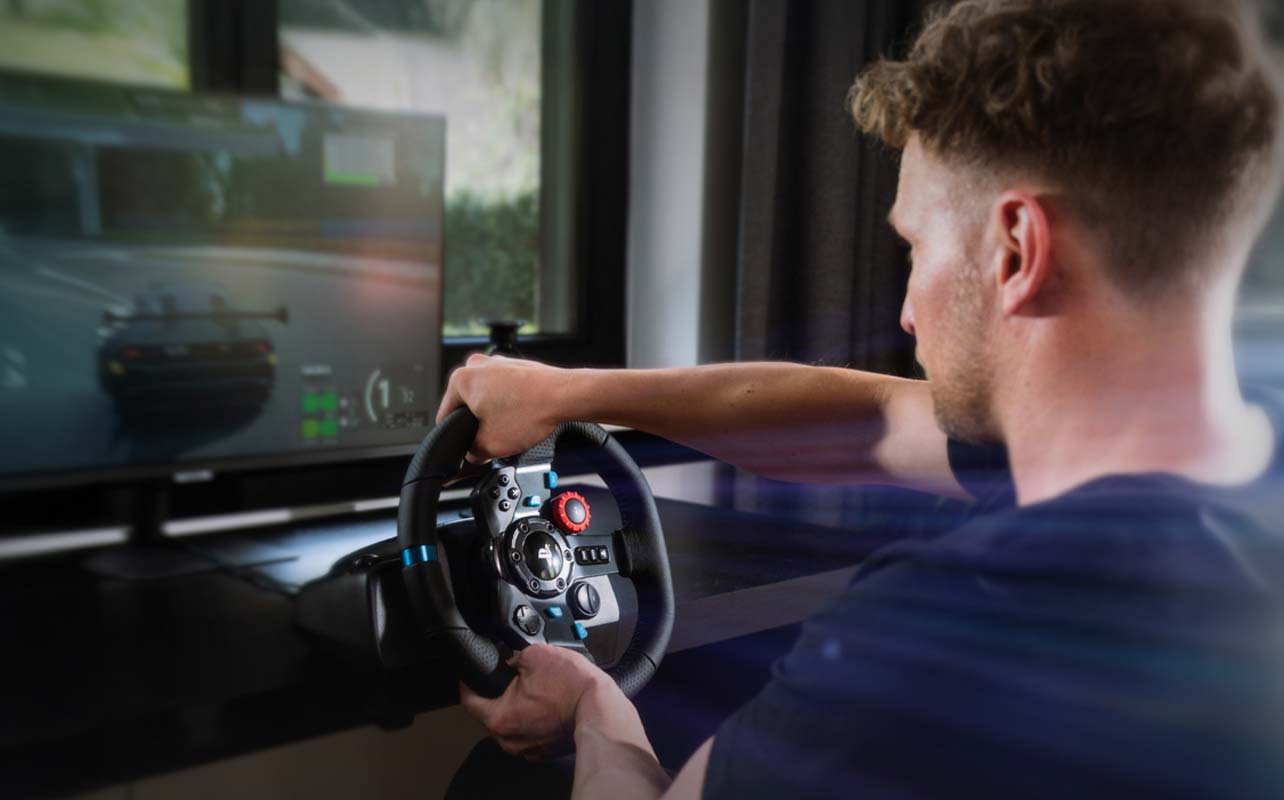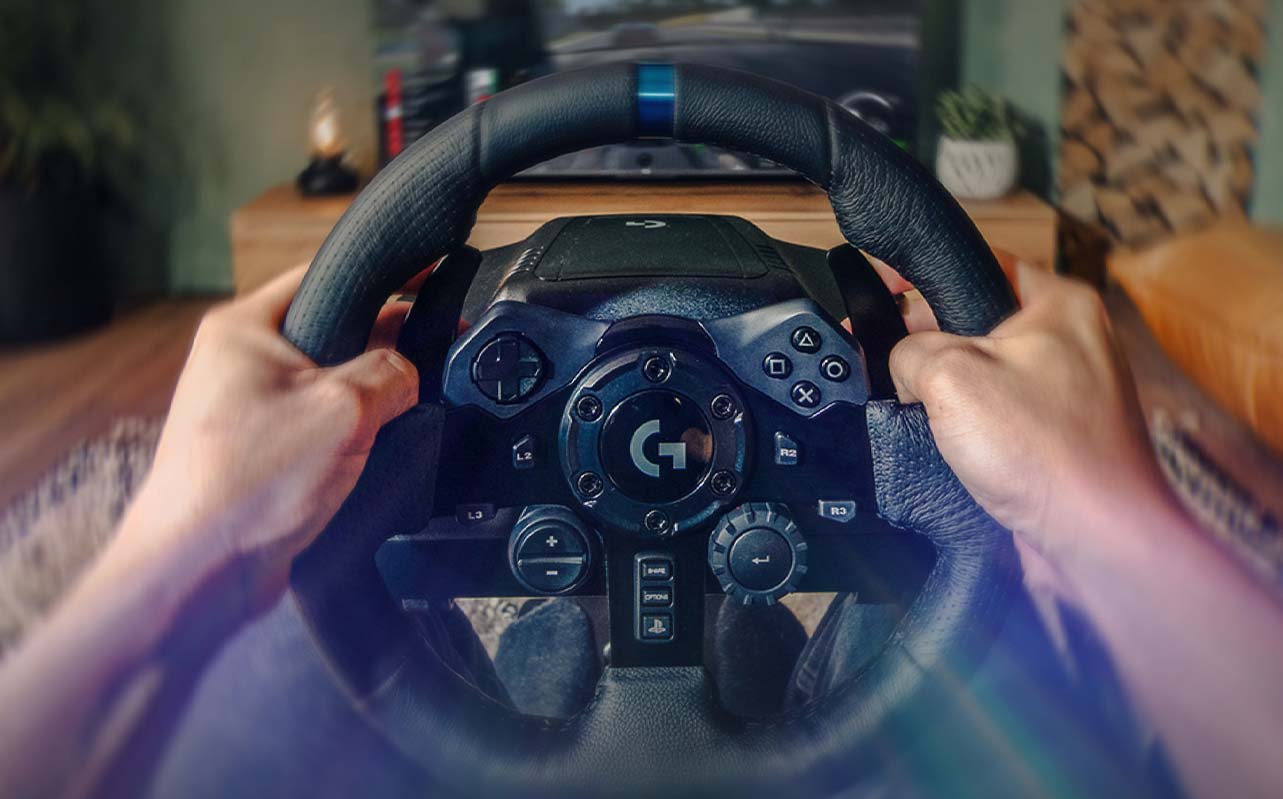
If you’ve ever wondered “can sim racing make you a better driver?” or whether a flight simulator could actually sharpen your piloting skills, you’re not alone. Many enthusiasts start with a controller or desk-mounted wheel, then begin eyeing dedicated racing or flight sim rigs. At first glance, these setups might look like luxury toys — immersive and fun, but with a high price tag. But here’s the truth: a proper simulator rig is more than eye candy. It’s a legitimate training tool.
From Formula 1 drivers like Max Verstappen to flight schools preparing pilots for IFR navigation, sim rigs are widely used to boost performance, build muscle memory, and create consistent practice environments.
In this article, we’ll break down how a simulator rig can help you level up — whether your goal is to shave seconds off lap times or improve your cockpit discipline before your next flying lesson.
Realistic setup = realistic practice
One of the biggest sim rig training benefits comes from realism. A desk-mounted wheel or joystick may give you a taste of control, but a cockpit-style rig puts you in the right posture with controls placed exactly where they’d be in a real car or aircraft.
When your body sits in the correct position, your brain starts wiring movements the same way it would in real life. This is where muscle memory sim racing comes in. Consistently practising gear shifts, pedal inputs, and steering angles with the same ergonomics means your reactions become automatic — freeing up mental bandwidth to focus on strategy instead of basic control.
High-end rigs with load cell pedals, hydraulic brakes, or haptic shifters also simulate real-world resistance. That tactile feedback forces you to apply the same precision and consistency required behind the wheel of an actual race car. Over time, it makes your control inputs smoother, more natural and of course, more confident.
Improved focus, reaction time, and decision-making
Does a racing rig improve driving? The short answer: yes — especially when paired with quality simulation software. With a stable cockpit, you can focus entirely on what’s happening on track instead of fussing with gear slipping on your desk.
For sim racers, this translates to sharper reaction times, better understanding of racing lines, braking zones, and overtaking manoeuvres. You’re practising the exact split-second decisions that determine whether you win, spin, or crash.
In aviation, flight simulator skills go beyond stick-and-rudder basics. A proper setup allows you to train checklist discipline, manage multiple instruments at once, and maintain situational awareness — all without distractions. You learn to juggle throttle, yoke, trim, and radio communication in a way that builds true cockpit multitasking ability.
Consistent practice leads to skill progression
One overlooked advantage of owning a rig is consistency. With a fixed cockpit, you don’t have to re-adjust your wheel or yoke every time you want to play. That means you can jump in for a quick 20-minute practice or a two-hour session without setup fatigue.
Think of it like going to the gym: progress comes from regular, consistent reps. Over time, you’ll notice clear improvement in lap times, corner exits, or flight manoeuvre precision.
This is especially motivating for sim racing for beginners. Instead of plateauing on a controller, you’ll see measurable growth — and that feedback loop keeps you coming back.
Real-world crossovers (racing & aviation)

Here’s where the conversation gets exciting. Simulator rigs aren’t just hobby gear; they’re professional tools.
- Racing: Formula 1 stars like Lando Norris and Max Verstappen famously spend hours training on iRacing and Assetto Corsa. Why? Because the physics engines replicate car handling closely enough that their sim prep translates directly to real-world reflexes and strategy.
- Aviation: Flight schools and even military training programs use simulators. Microsoft Flight Simulator 2020, for example, is a popular tool for pilots prepping IFR procedures or practising VFR navigation across real-world geographies.
Of course, a rig isn’t a replacement for being on track or in the sky. But it is an excellent supplement — one that builds familiarity and confidence before you step into the real thing.
Training tools that simulate competitive pressure
Another reason why to buy a sim rig? They let you safely practise under pressure.
With a full rig plus high-fidelity sim software, you can mimic nearly real-world performance stakes. Racing platforms offer telemetry tools that show where you’re gaining or losing time. Online leagues bring head-to-head competition that forces you to execute under stress.
For aspiring pilots, simulators can create demanding conditions: poor weather, system failures, or instrument-only approaches. Training in these scenarios makes the real cockpit feel far less overwhelming.
When is it worth the investment?
So, who actually benefits from buying a rig? Here’s a quick breakdown:
- You want to race online competitively: Precision gear and a stable cockpit help you stay consistent in wheel-to-wheel battles.
- You’re practising real flight manoeuvres: Sim rigs reinforce muscle memory and sharpen spatial awareness.
- You plan to stream or create content: A realistic setup not only helps you perform but also makes your streams more engaging for viewers.
- You already own wheels, pedals, or a yoke: A rig ties everything together, preventing gear slippage and saving setup time.
- You’re tired of desk-clamping gear: No more fiddling with mounts — more time training, less time adjusting.
If you tick any of these boxes, the upgrade will pay dividends in both performance and enjoyment.
Of course, a rig isn’t a replacement for being on track or in the sky. But it is an excellent supplement — one that builds familiarity and confidence before you step into the real thing.
If you tick any of these boxes, the upgrade will pay dividends in both performance and enjoyment.
Bonus: motivation & immersion go up
Let’s be honest: part of the appeal is that rigs look and feel incredible. But that immersion isn’t just cosmetic — it’s motivational.
When your cockpit feels real, your brain treats practice more seriously. Sessions feel less like casual gaming and more like training. The audio, visuals, and tactile immersion pull you into a focused state where you’re fully engaged.
Many users report that once they switch from a desk setup to a rig, they not only improve faster but also practise more often. In short, immersion fuels discipline.
The takeaway: more than just a game
So, can sim racing make you a better driver? Absolutely. And can a flight simulator setup sharpen your piloting skills? Without a doubt.
By improving ergonomics, focus, and practice consistency, a racing or flight sim rig stops being “just a toy” and becomes part of your performance journey. Whether you’re aiming for faster lap times, more confident flight procedures, or simply more immersive training sessions, investing in a rig is worth it.
If you’re ready to take that step, explore Best Buy Canada’s simulator setups. Whether you’re chasing podiums in iRacing or flying IFR over Vancouver, the right rig can help you push your skills further than ever before.
This article was drafted using AI technology and then reviewed, fact-checked, and revised by a member of our editorial team.





